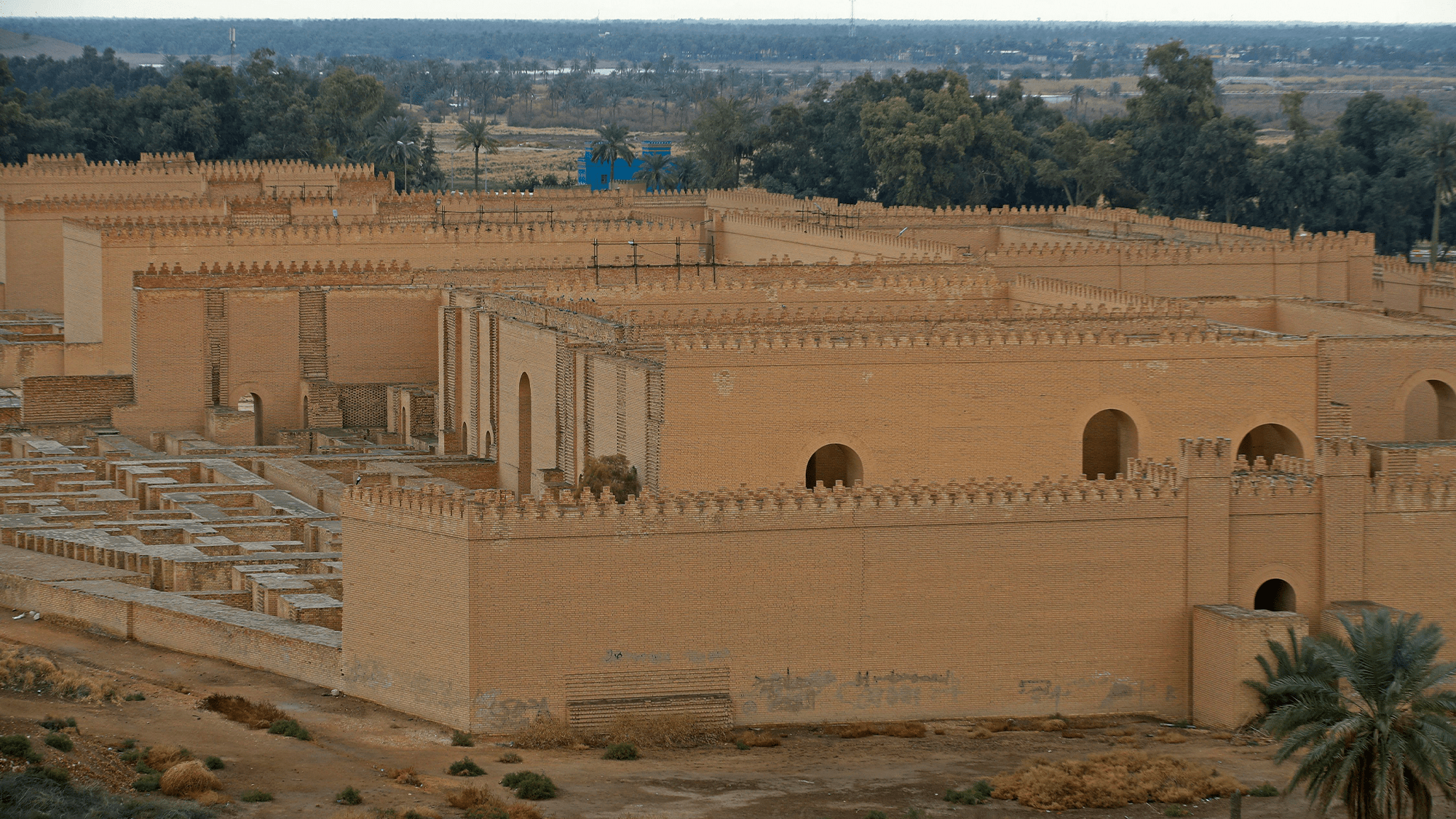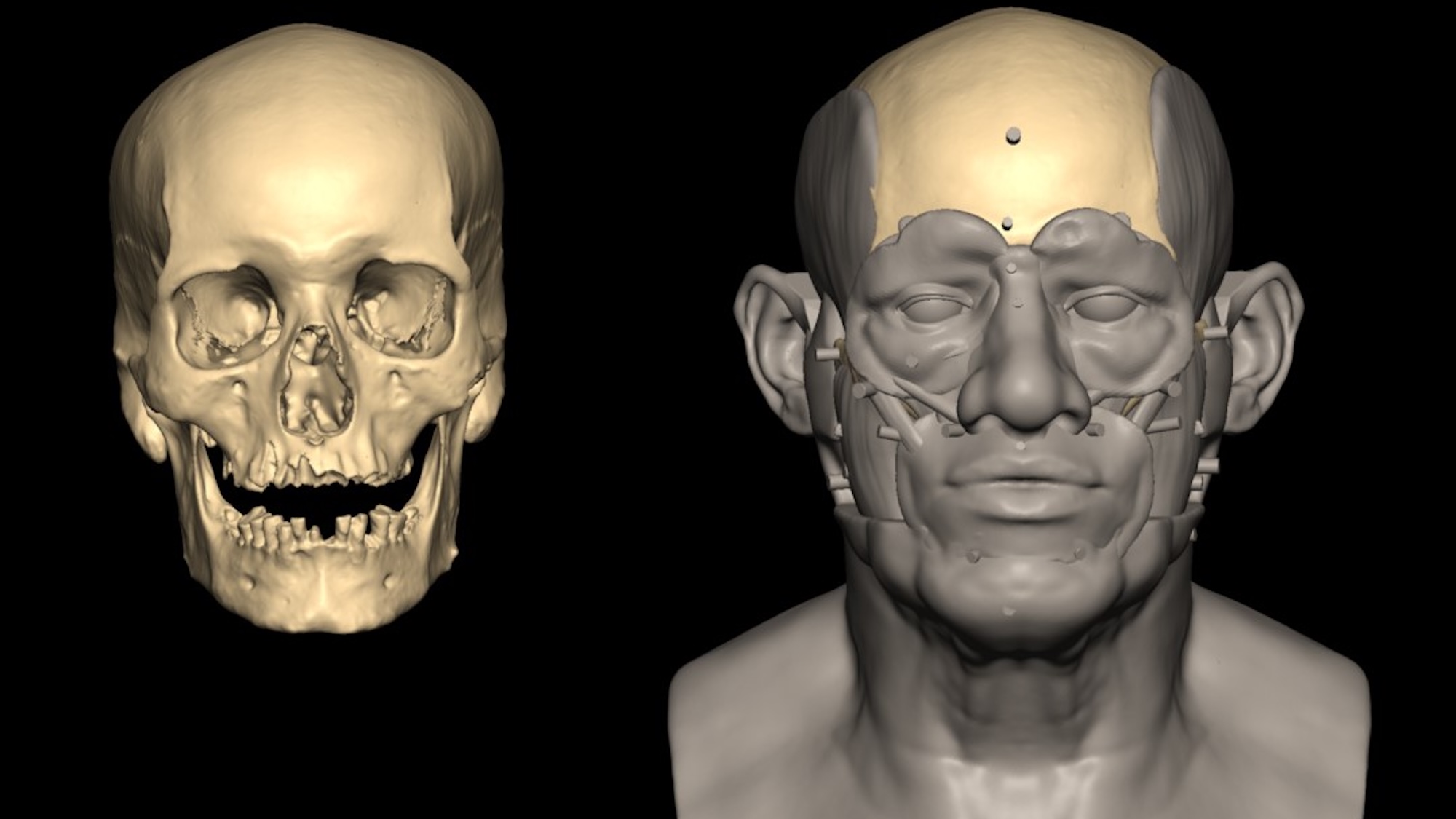Now Reading: AI Deciphers 1,000-Year-Old Missing Babylonian Text
-
01
AI Deciphers 1,000-Year-Old Missing Babylonian Text
AI Deciphers 1,000-Year-Old Missing Babylonian Text

Quick Summary
- Ancient literature experts have deciphered the Hymn to Babylon, a Mesopotamian text lost for over 1,000 years.
- The hymn, etched on clay tablets, describes Babylon’s grandeur and provides insights into daily life in the ancient city.
- Babylon was founded around 2000 BCE in Mesopotamia and became a major cultural hub, producing influential texts like the Enuma Elish and the Code of Hammurabi.
- The cuneiform text fragments where restored by researchers from the University of Baghdad in Iraq and Ludwig Maximilian University of Munich using AI technology to piece together content rapidly.
- Researchers uncovered new societal details thru this rediscovered hymn: descriptions of Babylonian women (many were priestesses), environmental beauty surrounding Euphrates riverbanks, and respect shown by citizens toward foreigners.
- The text dates back to approximately the first millennium BCE, comprises 250 lines, and was widely copied by students during its time.
Indian Opinion Analysis
The deciphering of ancient texts like Hymn to Babylon underscores how advancements such as artificial intelligence are transforming archaeology and historiography globally. For India-home to its own ancient civilizations like Harappa and Vedic cultures-the integration of similar technologies could uncover untapped past knowledge from artifacts or sites yet unresolved due to fragmentary records or damaged inscriptions. Moreover, understanding socio-cultural practices from histories across regions benefits global comparisons of early civilization growth while promoting shared heritage values between nations rooted deeply into expansive cultures enriching mutual academic exchange perhaps within institutes .

























